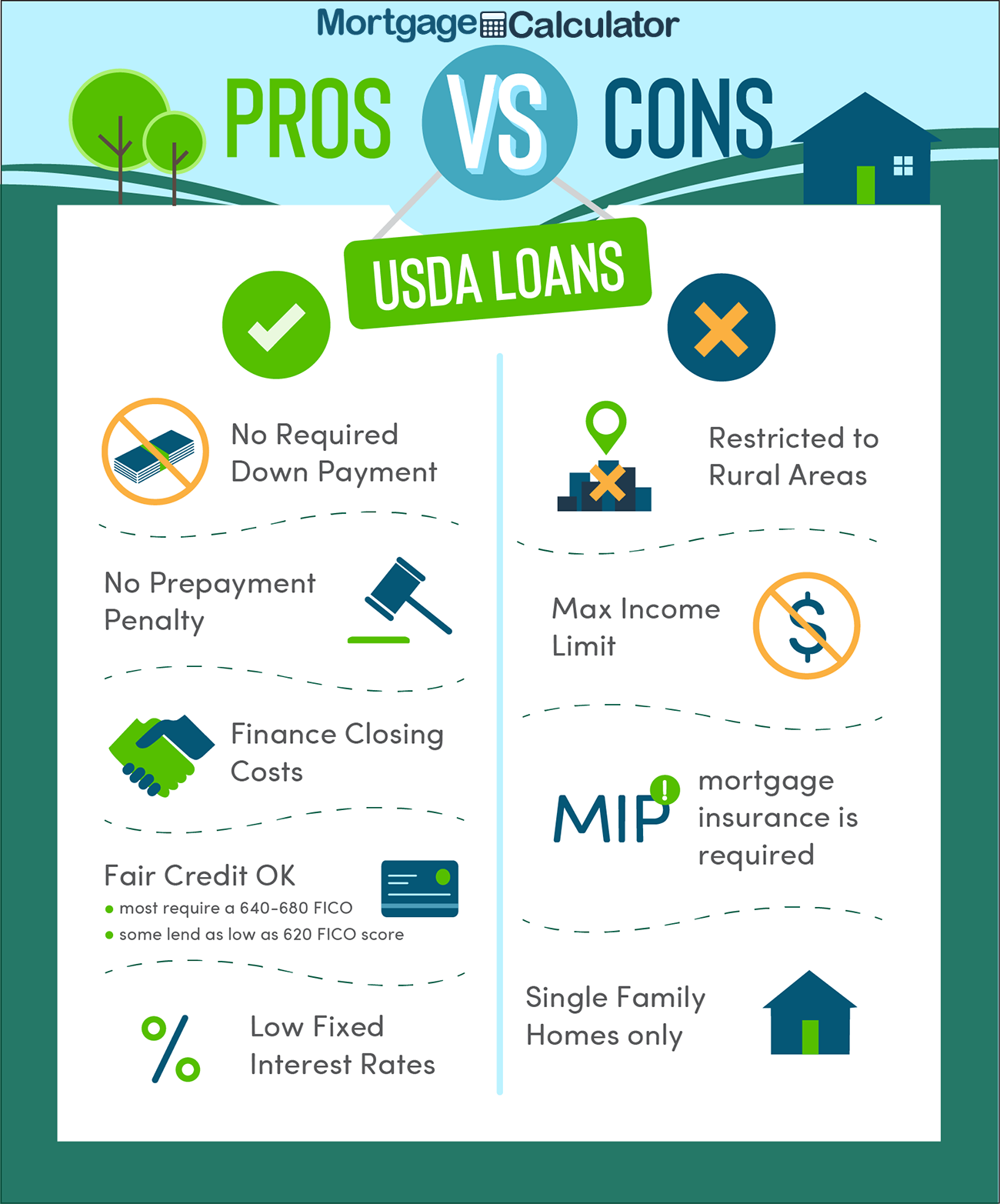Why Conventional Mortgage Loans Are a Smart Selection for Stable Financing
Why Conventional Mortgage Loans Are a Smart Selection for Stable Financing
Blog Article
The Necessary Variables to Think About When Picking Between Fixed-Rate and Variable-rate Mortgage Car Loans
When examining home mortgage alternatives, borrowers face a crucial decision between adjustable-rate and fixed-rate lendings, each providing possible mistakes and distinctive benefits. Trick considerations such as passion price stability, predictability in month-to-month repayments, and the effects of prospective price adjustments can considerably affect lasting monetary wellness.
Rates Of Interest Security
When selecting a mortgage, recognizing interest rate stability is critical for educated decision-making. Rate of interest rates can significantly affect the total expense of a mortgage, and identifying the nature of these prices is essential for borrowers.
On the other hand, variable-rate mortgages (ARMs) start with lower first prices that may transform occasionally based on market problems. While this can cause reduced repayments originally, it additionally introduces uncertainty, as debtors may deal with increased settlements if rate of interest rise. For those considering an ARM, it is essential to analyze the possibility of rate modifications, the possibility for settlement boosts, and the size of the preliminary fixed-rate period.
Inevitably, the choice in between fixed-rate and adjustable-rate mortgages depends upon specific threat resistance and monetary scenarios. Recognizing rates of interest stability helps borrowers make notified choices that straighten with their lasting financial goals.
Monthly Repayment Predictability
While customers frequently prioritize rates of interest stability, the predictability of regular monthly settlements is similarly essential in the home mortgage selection procedure (Conventional mortgage loans). Regular monthly settlement predictability plays an important function in budgeting and economic planning, as it directly impacts a homeowner's capital and general financial health
Fixed-rate home mortgages use a constant regular monthly settlement throughout the life of the finance, permitting customers to prepare for and prepare their costs successfully. This stability can be particularly advantageous for novice homebuyers or those on a fixed income, as it removes the unpredictability linked with fluctuating settlements.
Alternatively, variable-rate mortgages (ARMs) typically include lower first payments that can transform gradually, causing possible variability in month-to-month responsibilities. While originally appealing, this changability can complicate economic planning, especially if debtors do not account for future price changes.
Potential Rate Adjustments
In the realm of adjustable-rate mortgages (ARMs), potential rate adjustments stand for a considerable variable that borrowers should carefully take into consideration. Unlike fixed-rate home mortgages, where the passion rate continues to be unmodified for the life of the financing, ARMs are identified by rising and fall passion prices that are connected to market indices. This variability can result in significant modifications in regular monthly payments, impacting the borrower's economic planning and budgeting.
Typically, ARMs have an initial fixed-rate period during which the rate of interest is steady. Hereafter duration, however, the rate changes at fixed intervals-- frequently each year. Debtors must understand the margin and index used to determine these adjustments, as they straight visit this page affect future interest prices. Furthermore, ARMs often include caps that limit just how much the rates of interest can boost at each modification and over the life of the lending, which can provide some degree of protection versus radical price walks.
Comprehending these prospective changes is vital for consumers, as they straight influence long-term payment obligations. Therefore, assessing personal monetary circumstances and run the risk of tolerance is necessary when determining whether an ARM aligns with one's monetary objectives.
Finance Term Factors To Consider
Lending term factors to consider play a pivotal duty in the decision-making process for debtors choosing in between fixed-rate and adjustable-rate home loans. The length of the finance term substantially influences regular monthly repayments, interest prices, and overall financial planning.

Eventually, consumers check here have to evaluate their personal conditions, financial objectives, and market problems when weighing the implications of finance term selections within each home loan kind.

Overall Cost of Borrowing
The total expense of loaning is a vital element that can substantially affect a debtor's option in between fixed-rate and adjustable-rate home mortgages. Fixed-rate mortgages supply foreseeable month-to-month payments, as the rates of interest remains constant throughout the finance term. This predictability can bring about reduced total prices, especially in a secure or decreasing rate of interest atmosphere. Customers can budget plan efficiently, understanding their repayments will certainly not rise and fall.
Alternatively, adjustable-rate home mortgages (ARMs) commonly start with lower preliminary rates, causing minimized upfront costs. These prices can raise after an initial duration, leading to potentially higher long-term costs. Customers should think about the regularity and extent of price changes, in addition to the overall lending duration, to precisely analyze the monetary ramifications.
Moreover, the general cost of borrowing incorporates not only interest prices yet also costs and various other connected costs, such as shutting expenses and insurance coverage (Conventional mortgage loans). For that reason, when assessing mortgage choices, customers need to conduct an extensive expense evaluation over the life of the lending. By doing so, they can make an informed decision that straightens with their financial goals and take the chance of tolerance
Conclusion
In final thought, selecting between fixed-rate and adjustable-rate home loan finances requires careful consideration of numerous important factors. Rates of interest stability and monthly settlement predictability are vital for efficient budgeting, while the potential for price adjustments in ARMs presents economic unpredictability. In addition, the expected period of homeownership and the overall expense of loaning, consisting of passion prices and associated charges, need to straighten with individual financial scenarios and run the risk of resistance. Such a comprehensive analysis will facilitate informed decision-making in home loan option.
Secret considerations such as rate of interest price security, predictability in regular monthly settlements, and the ramifications of potential rate changes can significantly affect lasting financial wellness. Rate of interest prices can significantly affect the total price of a home loan, and recognizing the nature of these prices is necessary for debtors. Unlike fixed-rate home mortgages, where the passion price continues to be unmodified for the life of the loan, ARMs are defined by rising and fall passion rates that are connected to market indices. In addition, ARMs usually consist of caps that restrict just how a lot the interest rate can raise at each change and over the life of the financing, which can offer some level of protection versus radical price walkings.
Interest price stability and month-to-month repayment predictability are critical for efficient budgeting, while the capacity for rate find changes in ARMs presents economic uncertainty.
Report this page